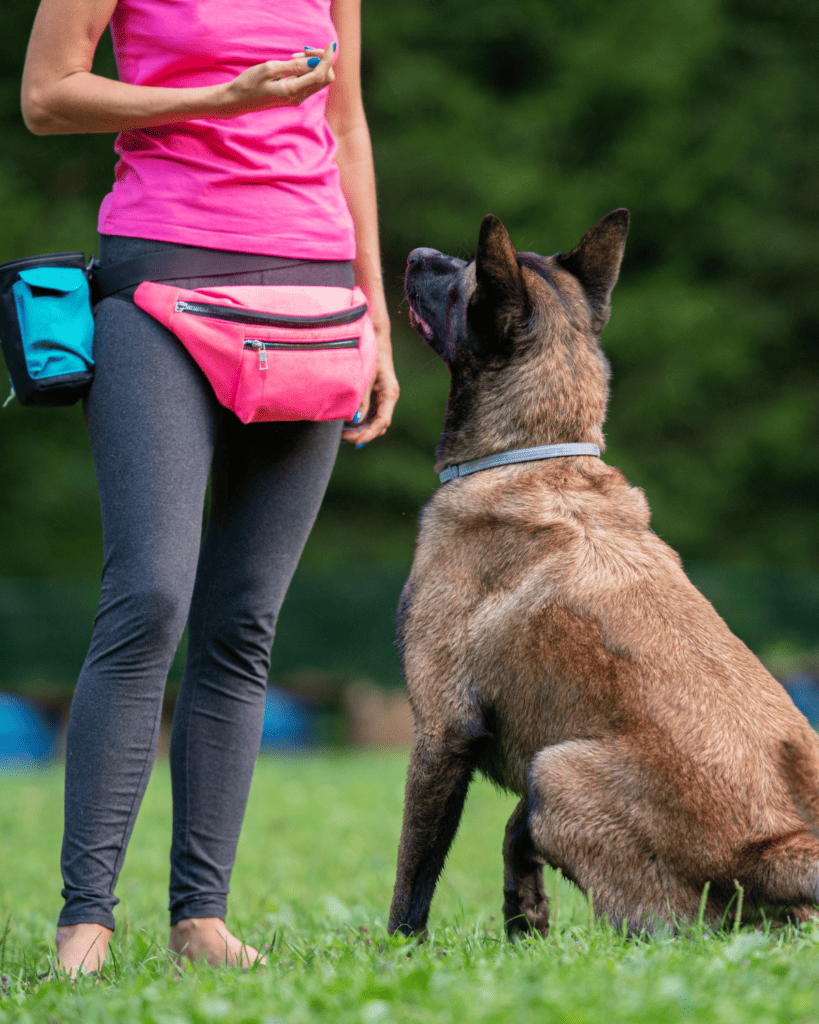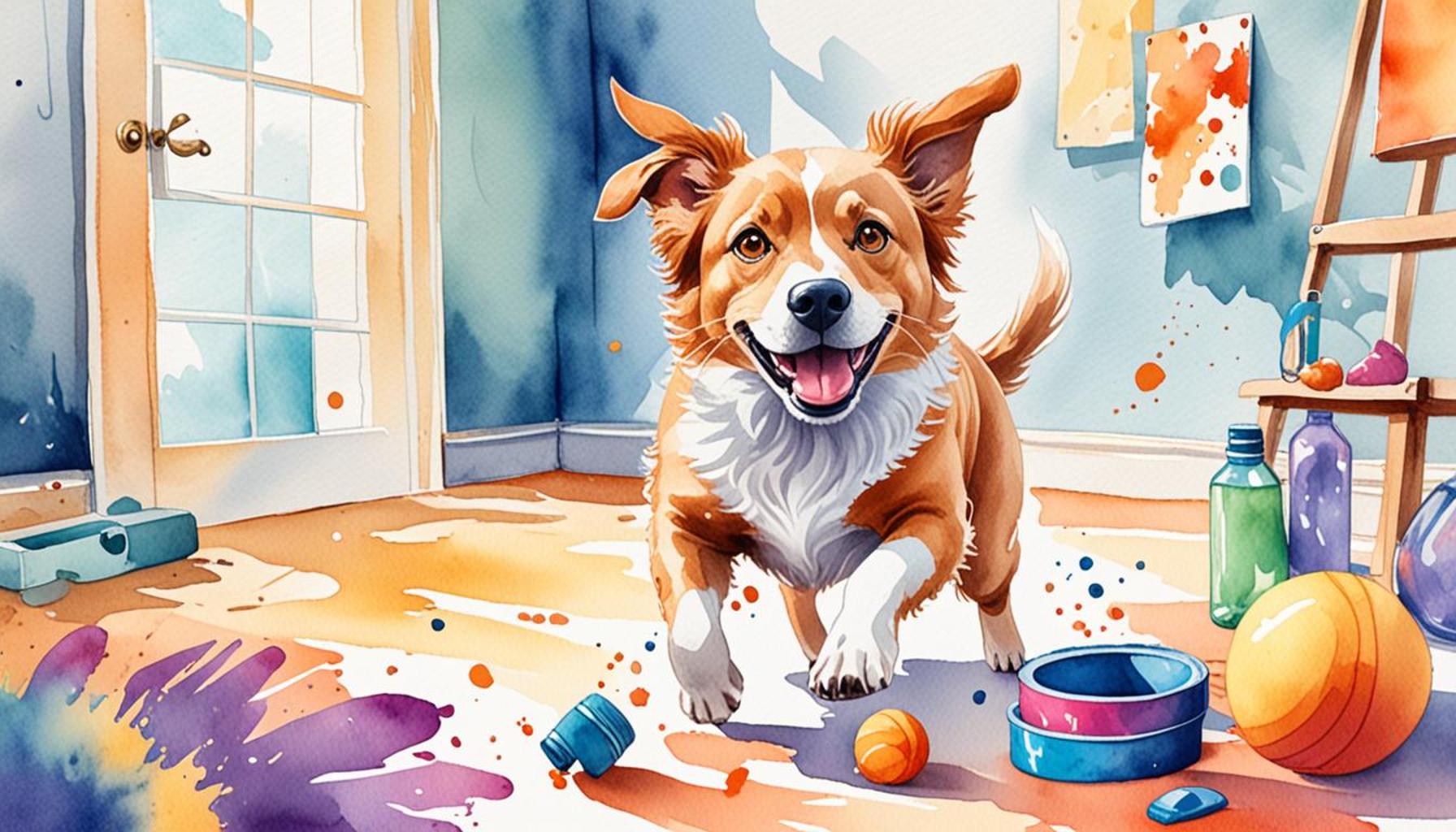Positive Reinforcement Techniques for Dog Training

Understanding Positive Reinforcement in Dog Training
In the realm of companion animals, dogs hold a special place in our hearts and homes. Their behaviors, ranging from playful antics to more complex emotional expressions, require our understanding and guidance. One of the cornerstone approaches to effective dog training is through positive reinforcement techniques. These methods not only help improve your dog’s behavior but also promote a healthier relationship between you and your furry friend.
The fundamental principle behind positive reinforcement is simple yet powerful: rewarding good behavior encourages its recurrence. By focusing on what your dog does right, you are investing in a communication style that is both constructive and effective. Here are some key features that define this training method:
- Immediate Rewards: The timing of your rewards plays a critical role in training. If your dog sits on command, for instance, providing a treat or praise immediately after they perform the action reinforces the behavior in their mind. Delaying the reward could lead to confusion about which action was being rewarded.
- Variety of Rewards: Dogs may respond differently to various kinds of rewards. Some may thrive on delicious treats, while others may prefer verbal praise or interactive play. Observing your dog to identify what motivates them can enhance their training experience. For instance, a game of fetch after a successful training session could be both a reward and a bonding activity.
- Consistency is Key: For effective training, it’s crucial that everyone in your household employs the same commands and rewards. This consistent approach minimizes confusion for your dog, ensuring they understand what is expected of them. If one family member allows begging for food while another discourages it, your dog may find it challenging to grasp the rules.
Research continuously supports that dogs trained through positive reinforcement not only exhibit greater obedience but also show increased joy during training sessions. The absence of fear, which can often accompany other training methods, creates a happier environment for both the trainer and the dog. This positive atmosphere not only builds your dog’s confidence but also strengthens the emotional bond shared between you two.
As we delve deeper into the world of positive reinforcement techniques, you’ll uncover an array of strategies designed to facilitate successful training outcomes. From clicker training to incorporating fun tricks, the methodologies are versatile enough to cater to both novice dog owners and seasoned trainers seeking to enrich their training repertoire. Prepare to explore various engaging approaches that will revolutionize your training journey and make your time with your dog truly enjoyable.
DISCOVER MORE: Click here to learn about crate training

Harnessing the Power of Positive Reinforcement
When it comes to training our furry companions, positive reinforcement techniques stand out as a beacon of effective and humane practices. This approach creates a symbiotic relationship between dogs and their owners, transforming the training process into a fulfilling experience for both. With a variety of techniques at your disposal, the key is to tailor them to fit your dog’s personality and preferences.
One of the most widely recognized methods in positive reinforcement is clicker training. This technique utilizes a small handheld clicker to mark desirable behaviors as they occur. By associating the sound of the clicker with a treat, your dog learns to identify that their action triggered the reward. Clicker training is particularly effective because it provides a clear and immediate signal that a behavior was correct, enhancing learning and understanding.
Another popular technique is the use of treat-based rewards. This method involves offering high-value treats when your dog performs the desired behavior. It’s essential to choose treats that your dog finds particularly enticing; otherwise, you may not get the response you’re looking for. Experiment with different types of treats, ranging from crunchy biscuits to soft, chewy morsels, or even small pieces of cheese or chicken. The options are endless, and the right reward can significantly enhance your dog’s motivation to learn.
Incorporating Games and Fun into Training
Training doesn’t always have to be a serious affair. Incorporating play and games into your sessions can create a positive and stimulating environment for both of you. Here are some creative ways to integrate fun into your positive reinforcement training:
- Hide and Seek: This game not only reinforces commands such as “come” but also taps into your dog’s natural instincts. Start by having your dog stay, then find a hiding place. When you’re ready, call your dog and reward them with praise and treats when they find you.
- Obstacle Courses: Set up a mini obstacle course in your backyard or living room using furniture or household items. Use treats and praise to guide your dog through the course. This not only provides physical exercise but also mental stimulation.
- Fetch with a Twist: Instead of just throwing a ball, incorporate commands like “sit” or “stay” before letting your dog fetch the toy. Each successful retrieval followed by the right behavior can be rewarded, promoting obedience while having fun.
These interactive methods make training less of a chore and more of a joyful experience. Dogs often learn faster in an engaging and vibrant environment, where positive reinforcement fosters both enjoyment and understanding. By keeping sessions lively, you’re more likely to sustain your dog’s focus and enthusiasm, leading to lasting behavioral changes.
As you embark on this rewarding journey of dog training through positive reinforcement techniques, remember that patience and consistency are essential. Recognizing and rewarding good behavior not only helps in shaping the actions of your dog but also deepens the bond between you two, making each training session a cherished adventure.
| Advantages | Details |
|---|---|
| Strengthens Bond | Using positive reinforcement promotes a trusting relationship between the dog and owner, enhancing communication. |
| Encourages Desired Behaviors | Dogs learn effectively when rewarded, leading to a higher probability of these behaviors repeating in the future. |
| Reduces Aggression | Positive methods decrease stress and fear, lowering the chances of aggressive reactions. |
| Boosts Confidence | Successes gained through training lead to a more confident and well-adjusted dog. |
The use of positive reinforcement techniques for dog training has gained popularity due to its effectiveness and numerous benefits. These methods produce a nurturing environment where your dog can thrive, fostering a healthy trainer-dog relationship. Additionally, owners witness not just improvements in behavior but also a decluttering of stressful situations that might have arisen from traditional training methods. If you’re curious about how these techniques can transform your interactions with your furry friend, exploring further could lead to remarkable improvements in both your dog’s behavior and overall happiness.
DISCOVER MORE: Click here to enhance your pet’s well-being
Utilizing Social Interaction as a Reward
While treats and toys can be excellent motivators in dog training, social interaction often proves to be one of the most powerful rewards for our canine companions. Dogs are social animals by nature, and positive reinforcement through affection, praise, and play can be incredibly effective in reinforcing desired behaviors. Your attention, especially in the form of enthusiastic praise or physical affection, can sometimes be more rewarding than food itself.
When training your dog, make sure to incorporate enthusiastic verbal praise such as “Good boy!” or “Yes!” in a happy tone when your dog executes a desired behavior. The emotional connection between you and your dog can greatly influence their eagerness to learn. Building a strong rapport allows your dog to become more receptive to commands, as they recognize your approval as a source of joy.
Engaging the Power of Variety in Rewards
Just like humans, dogs can become bored with the same routine. To prevent your dog from losing interest in training, it’s crucial to incorporate a variety of rewards. This could mean alternating between different types of treats, toys, and forms of social interaction. Mixing up your rewards not only retains your dog’s attention but can also increase the effectiveness of your training sessions. Here are a few strategies to consider:
- Rotation of Treats: Use different treats on alternate training days or during different sessions. This adds an element of surprise and excitement, making your dog eager to see what they might receive next.
- Surprise Toys: Introduce a new toy as a reward for learning new tricks. Dogs love novelty, and a long-lasting chew toy or interactive puzzle can keep them engaged beyond the training session.
- Interactive Play: Schedule playtime as a reward for a successful training session. Bring out a favorite ball or tug toy, enhancing the experience with additional bonding time beyond just training.
In addition to these approaches, consider using a variable reinforcement schedule in your training. Initially, you might reward every correct behavior, but as your dog learns, you can start to reward less frequently. This unpredictability keeps your dog motivated, as they understand that the next correct behavior may lead to a reward. This technique leverages the power of anticipation and can lead to a more engaged learning experience.
Building Lasting Habits through Consistency
It is essential to remember that while positive reinforcement is powerful, consistency in your approach is crucial for effectiveness. Establishing clear expectations and maintaining the same commands and rewards helps your dog connect behaviors to outcomes without confusion. Consistency involves using the same cues, engaging techniques, and maintaining a positive atmosphere throughout training sessions. This will ultimately lead to enduring behavioral changes.
As you apply these positive reinforcement techniques, embrace the journey. Every training session is an opportunity to learn about your dog, strengthen your bond, and enjoy the process of growth together. With patience, creativity, and consistency, your dog can become an attentive, well-mannered companion who thrives in your shared experiences.
DISCOVER MORE: Click here for tips on crate training
Conclusion: Embracing a Rewarding Journey
In summary, positive reinforcement techniques offer an effective and humane approach to dog training that fosters a strong bond between you and your furry friend. By employing methods such as utilizing social interaction, alternating rewards, and ensuring consistency, you can create a rewarding training environment that energizes your dog to learn and grow. The incorporation of various rewards—whether through treats, toys, or affectionate praise—keeps your dog engaged and eager to please, paving the way for better behavior and communication.
Building a strong rapport with your dog not only enhances their willingness to learn but also transforms training sessions into moments of joy and companionship. Remember that the goal is not just to modify behavior but also to enrich the emotional connection you share. With persistent dedication and an understanding of your dog’s unique personality, training can become an enjoyable experience for both of you.
As you embark on this journey, keep in mind that every dog is distinct, and adapting your techniques to fit their needs is essential. By considering factors such as their breed, age, and individual temperament, you can fine-tune your approach, leading to more effective training outcomes. So, unleash your creativity, maintain your enthusiasm, and embrace the fascinating adventure of dog training—after all, a well-trained dog is a happy companion. Continue exploring additional resources and communities that focus on positive reinforcement techniques, and you’ll discover a wealth of knowledge that can further enhance your training endeavors.


